THE PLAN BEHIND YOUR BACK-UP POWER
OUR SERVICES
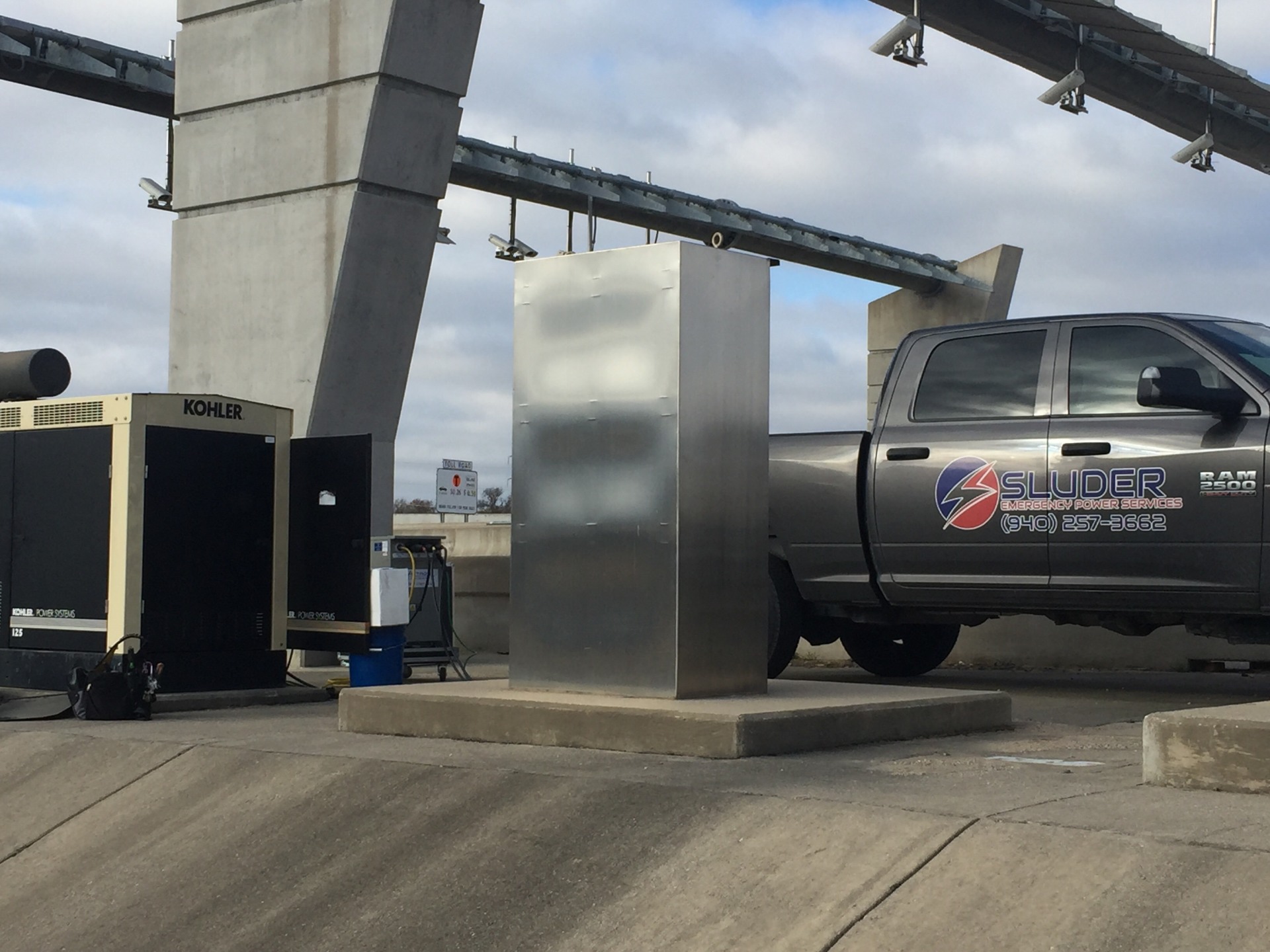
Top
Preventative Maintenance
Sluder Emergency Power Services can provide you with a comprehensive scheduled maintenance plan at recommended intervals (monthly, semi-annually, quarterly, or annually). Our inspection plan is based on years of experience, manufacturer recommendations and NFPA 110 and goes beyond fuel and lubrication systems to include air filters, starter cables, and internal electrical systems. Our expertly trained technicians inspect all equipment via our 84-point inspection report and will make repairs as needed and approved by the customer.
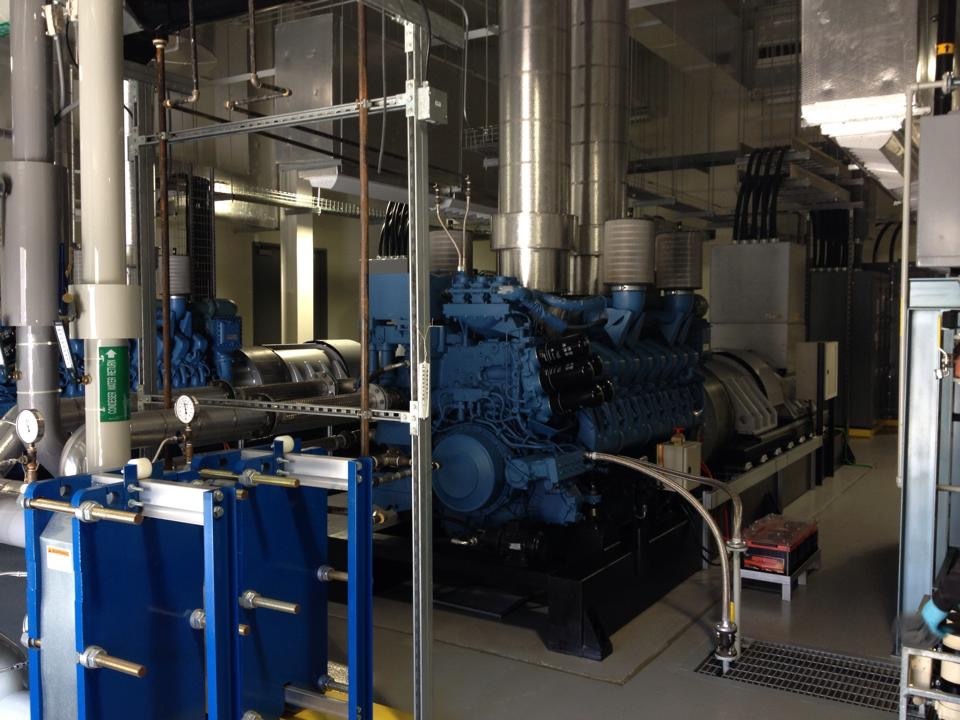
Why do you need a Preventative Maintenance Plan?
Generator sets are a complex mechanical system and require periodic service and maintenance to stay in top working order. Setting up a planned maintenance schedule, and performing all associated testing will insure generator availability upon demand. The typical maintenance cycle for generators includes a general inspection followed by a scheduled inspection and service of the critical systems. Possibilities of generator failure increase when service and maintenance checks are not performed.
It is essential to your company to have a comprehensive maintenance program in place to ensure your emergency backup electrical system works when you need it. Sluder Emergency Power Services follows the National Fire Protection Association (NFPA) Standard 110 for Emergency and Standby Power Systems. This is the industry standard and provides best practices for generator and automatic transfer switch (ATS) maintenance. Industry associations, such as the Joint Commission (JCAHO), require the NFPA110 maintenance program for accreditation.
Monthly Inspection:
At a minimum, a good visual inspection should be done on a monthly basis, as well as after any extended generator run times. Monthly maintenance is typically done by the client but Sluder Emergency Power Services can also provide this service for you. Below is a guideline we provide our clients for the Monthly Inspection.
- Maintain general cleanliness of the generator and its surroundings. In an enclosed unit, make sure there are no signs of rodents or damage caused by them.
- Check the oil level when the unit isn’t running. If the generator has been running, wait for 10 minutes after it shuts down to check the oil level, thus allowing all of the oil in the engine to drain back into the sump. Maintain the oil level as close to the full mark as possible without overfilling.
- Make sure there is adequate coolant by checking the level in the catch tank (overflow tank).
- For diesel units, check the fuel level and the fuel/water separators. Add the appropriate fuel and drain water from the separators as necessary. For gaseous units, inspect the fuel-supply piping for leaks or obvious damage.
- Confirm that clamps and wire connections are secure, and that there is no corrosion or damage to terminals or wiring.
- Inspect the batteries for cleanliness and signs of corrosion.
- Check the operation of the battery charger.
Semi-Annual/Quarterly
Preventative Maintenance:
In addition to the monthly inspections, a Semi-Annual and Quarterly Maintenance is necessary to get a thorough inspection of the critical systems. This service is much more detailed and exhaustive than the Monthly Inspection and should be performed by an expert in all the critical systems of your generator set. The expertly trained and experienced technicians at Sluder Emergency Power Services will perform testing and anaylsis via a 84-point checklist. Our extremely thorough checklist is based on years of knowledge and testing of many makes and models of generator systems. This
checklist
will be provided to the customer upon completion and will detail any repairs necessary along with any materials used during testing. In addition to our standard checklist, the scheduled maintenance visits will be customized based on the clients system configuration. Upon approval by the client, we are happy to provide all necessary repairs needed to optimize your generator system.
- Lubrication System
- Air Filtration System
- Unit Set Appearance
- Governor
- Diesel Storage Tanks (along with measurement of fuel and water levels)
- Engine Exhaust System
- Instraments (Engine)
- Engine Electrical System (along with charger rates, battery load volt tests, Hydrometer Test, and Battery Specific Gravity testing)
- Cooling system
- Engine Fuel System
- Ignition System (if applicable)
- Generator Instramentation Readings
- AC Generator/Fire Pump
- Safety Shutdown System Alarm/Auto-Start Systems
- Transfer Switch
- Sampling of Oil, Coolant, and Fuel for Analysis

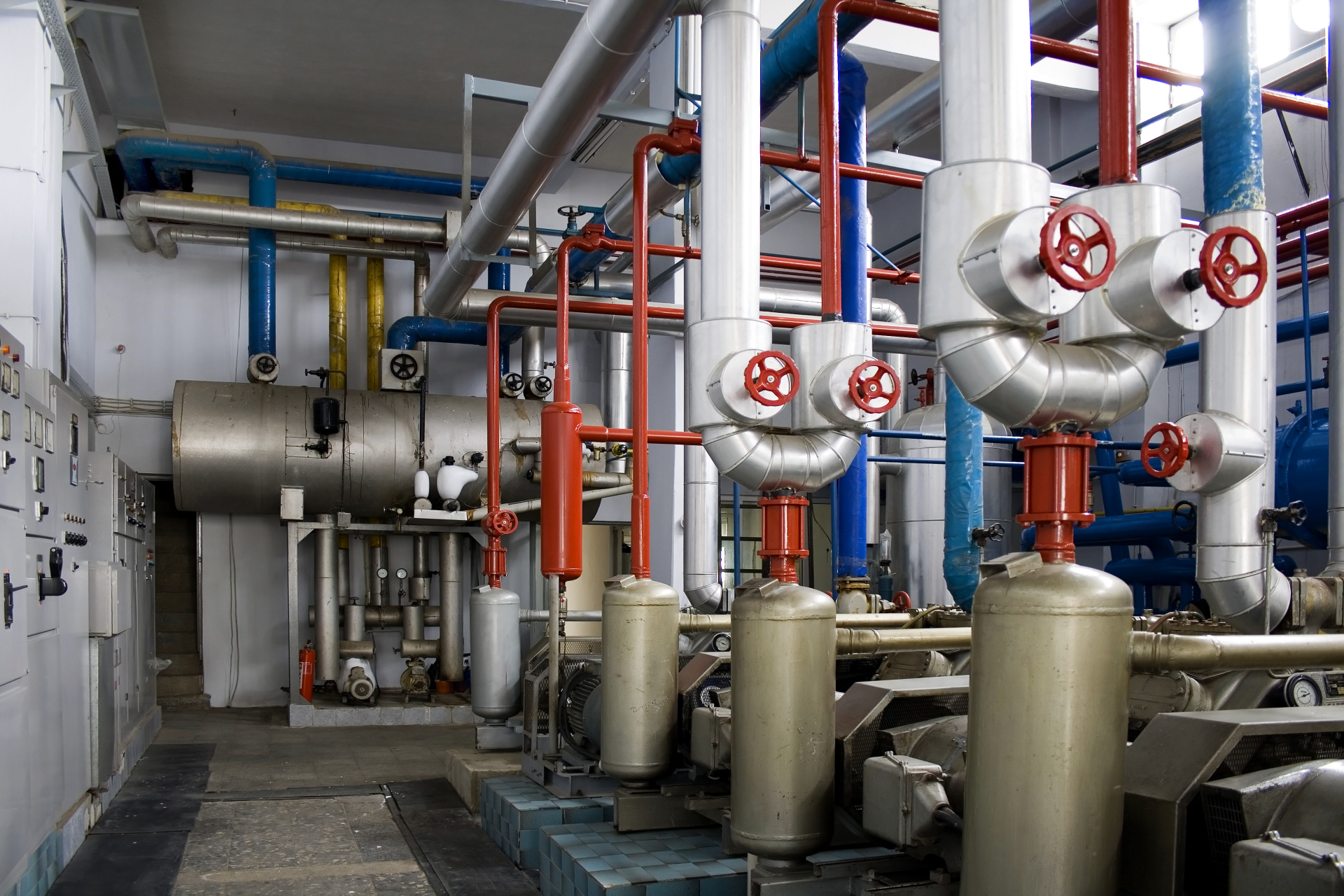
Annual Preventative Maintenance:
All steps taken during the Semi-Annual or Quarterly Preventative Maintenance will also take place during the the Annual Preventative Maintenance. In addition to those inspections, our expert technicians will change the engine oil and filter and replace the air filter and fuel filters, as well. All oil will be disposed of in a way to meet environmental standards.
OEMs provide detailed standby generator maintenance guidelines that will be followed to provide the longest most reliable service life possible for their respective equipment. General guidelines for specific applications also can be found in several recognized standards. This standard also contains a suggested maintenance schedule which, if followed, will meet minimum maintenance requirements for Level 1 and Level 2 emergency standby power systems.
A more thorough list of services performed during the Preventative Maintenances can be found in the Statement of Work documents attached below.
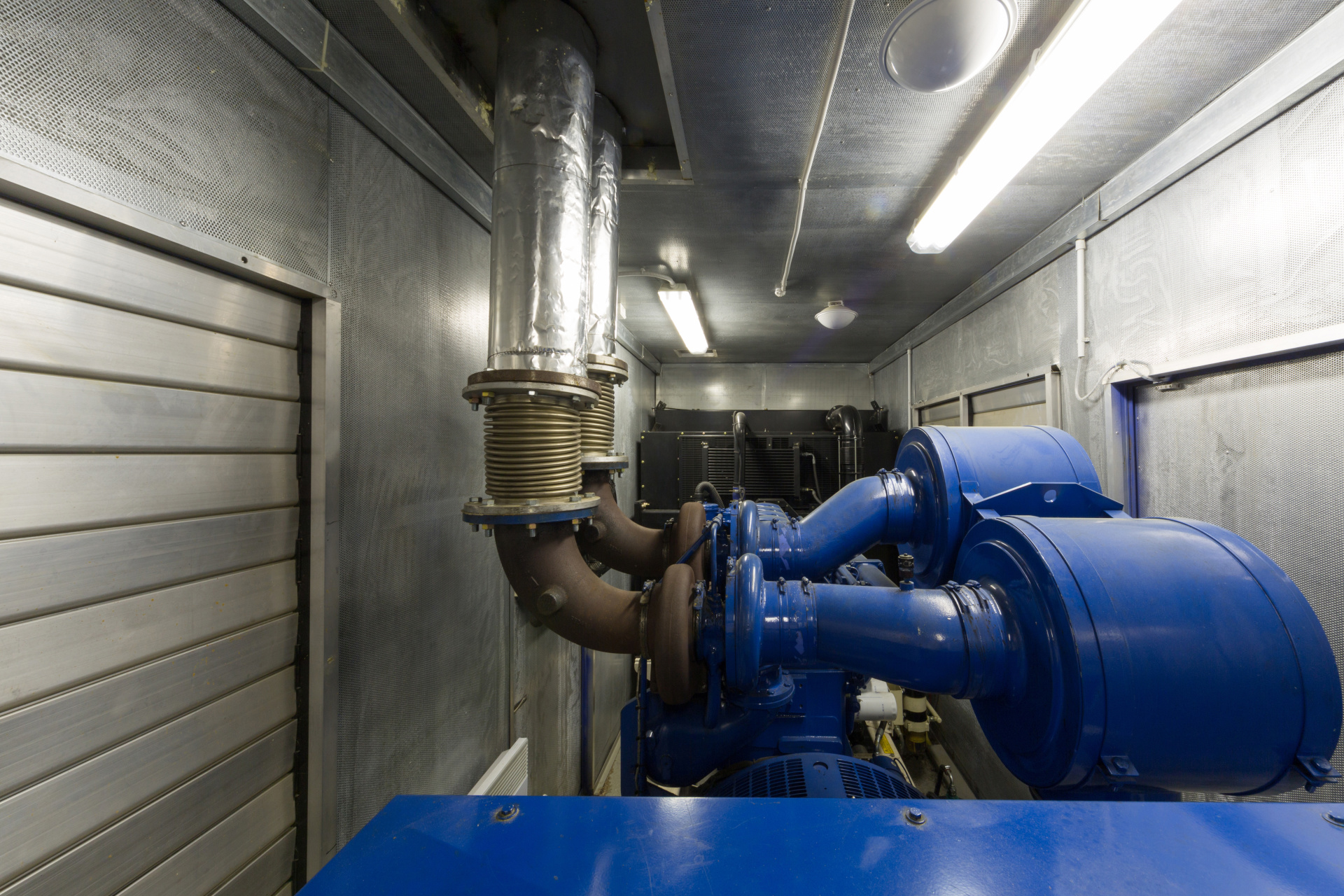
In addition to the scheduled Preventative Maintenance, we highly recommend Load Bank Testing of your equipment as an extra measure to ensure systems perform as expected. This testing provides the priceless reassurance that the system will perform as expected under specified load levels. More information on Load Bank Testing can be found below.
To reiterate, Preventative Maintenance service is the MOST important decision you will make in maintaining the life of your engine and will ensure the best possible performance, reliability, and an extended engine life. This service will protect your return on a costly investment in emergency power equipment and is imperative in identification, diagnosis, and repair of minor issues before they become costly. And furthermore, elimination of damage by deferred maintenance means continued power for critical systems thus leading to minimized loss of service and revenue due to unplanned downtime.

Don't leave this important service to anyone other than our experts. Choosing Sluder Emergency Power Services is one of the most important decisions you can make for your back-up power plan. You have our assurance that we will be your partner in protecting your company’s reputation - by making sure you are never left in the dark.
Get a Quote
Load Bank Testing
Sluder Emergency Power Services can provide you with Load Bank Testing as a standalone service to customers who wish to have their own power generation equipment tested on demand. We provide an end-to-end solution for load testing your emergency power systems.
What is Generator Load Bank Testing?
A generator load bank test involves an assessment of a generator set by applying an artificial power load to the back-up power system bringing the engine to an appropriate operating temperature and pressure level. Because many generators do not regularly operate at their full kW rating, it's especially important that you verify your generator can actually produce the highest possible horsepower that may be required - while at the same time maintaining adequate temperature and pressure levels that will allow it to run as long as necessary. This allows verification that all primary components of the generator set are in proper working condition. This is especially important for standby and emergency generator sets that do not run very often and/or may not be exposed to carrying heavy loads on a frequent basis. The general rule is - if your generator is not exposed to higher than 30% of its rated kW load then you should be considering a load test.
Furthermore, when a diesel engine powered generator is not used frequently or only run on light loads, it can be prone to experiencing unburned fuel and soot buildup in the exhaust system. This is called 'wet-stacking.' When wet-stacking occurs, the generator set is likely to perform poorly, to endure damage, can become a fire hazard, and can even lead to complete failure. During a load bank test, the generator is allowed to run at full power and full temperature. This will cause any wet-stacking to burn off. This is yet another reason Load Bank Testing is so important for your generator set.
A load bank test ensures that your generator will run properly when it’s needed so that you can have peace of mind during an emergency situation.
How does a Load Bank Test Work?
When a load bank test is implemented, an artificial load is placed on the generator that mimics the load level your company places on your power system today. The test is performed at percentages of your current load to access how the system will perform at each level. These levels will be properly set based on our partnership with the customer.
The test is timed and we gradually increase the kW load in specific increments. Each time the kW load is increased, the test measures and records critical engine parameters, the generator's ability to handle the boost, and its ability to continue functioning at the highest possible level for a sustained period of time. The equipment needed to complete the test includes a load bank (machine with kW rated sizes and battery like cables).
Sluder Emergency Power Services provides full end-to-end Resistive/Reactive Load Bank Testing from coordination and scheduling of the test with all those involved at your company, planning the load levels to be tested, the order of the load bank equipment, delivery and set-up of the equipment, full on-site execution and monitoring of the test by one of our expert technicians, pick up and removal of testing equipment, and clean-up of the site back to its original condition. Safety of your staff and our employees is of the utmost importance and we go above and beyond to ensure safety for everyone involved during testing.
Once the test is completed, the client will be provided with a detailed report showing how the equipment performed at each testing level and will outline any recommended changes or issues that arose during testing. Upon approval by the client, Sluder Emergency Power Services will perform all necessary repairs to ensure your system is ready when you need it most.
Once the test is completed, the client will be provided with a detailed report showing how the equipment performed at each testing level and will outline any recommended changes or issues that arose during testing. Upon approval by the client, Sluder Emergency Power Services will perform all necessary repairs to ensure your system is ready when you need it most.
Benefits of Load Bank Testing:
While some industries, such as hospitals, are required to perform Load Bank Testing as part of the regulations governing their industry, it cannot be stressed enough that all industries should consider Load Bank Testing as part of their Preventative Maintenace plan. The benefits of Load Bank testing far outway the cost associated with the testing, along with giving you the priceless reassurance and peace of mind that your system will be ready to perform during an emergency. Some of these benefits include:
- Verification of the generator sets' performance and capabilities opposed to just a routine start it up
- Identification of problems discovered early will be significantly less expensive to fix now and will prevents future major issues
- Helps to avoid wet-stacking and cleans out carbon deposits
- Verifies the engine cooling systems will perform while under load
- Provides assurance that the generator set will work properly when you need it most
This is precisely the reason generator load bank testing is an essential piece of a comprehensive Preventative Maintenance plan, which you should ideally have conducted on your generator sets each year.
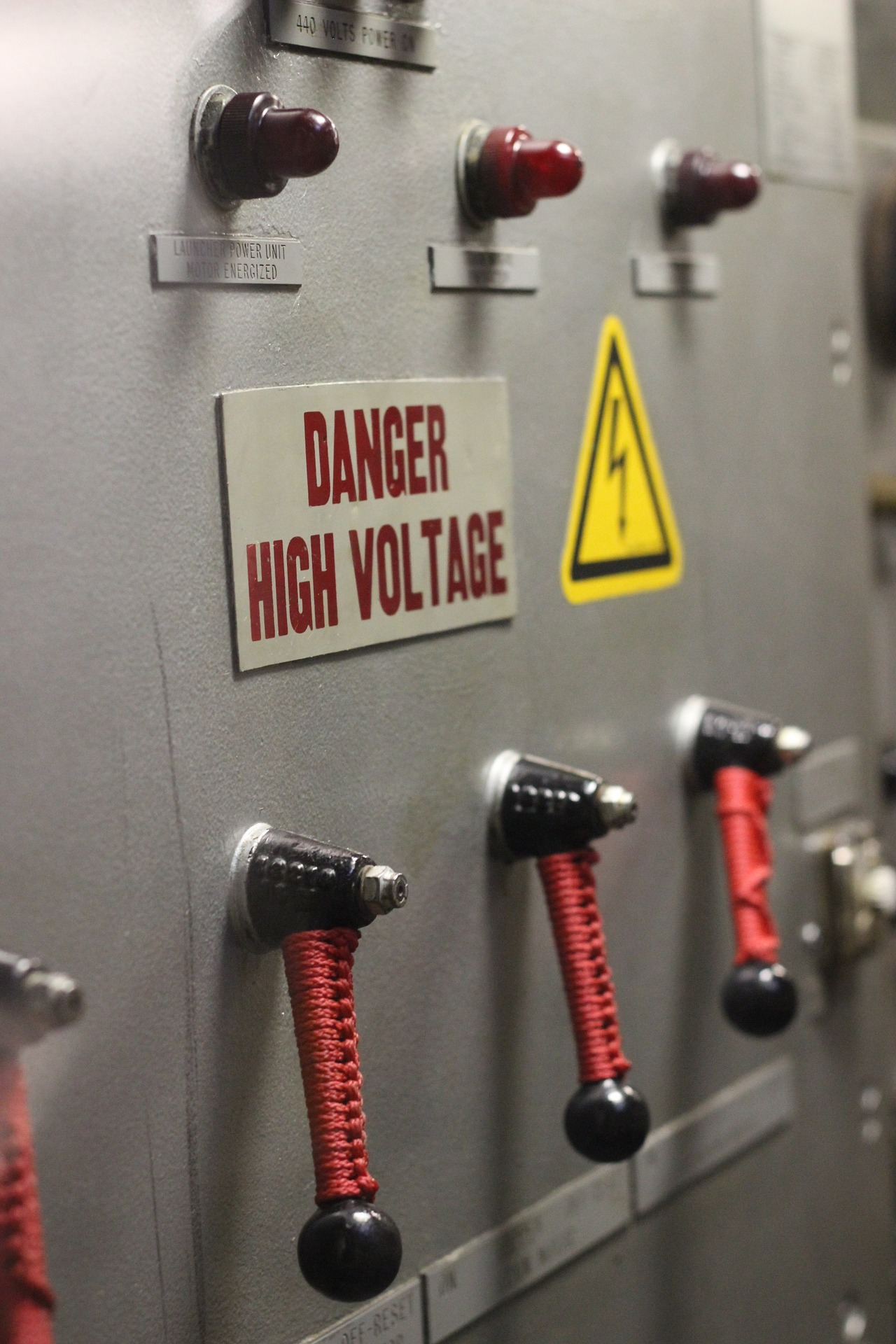
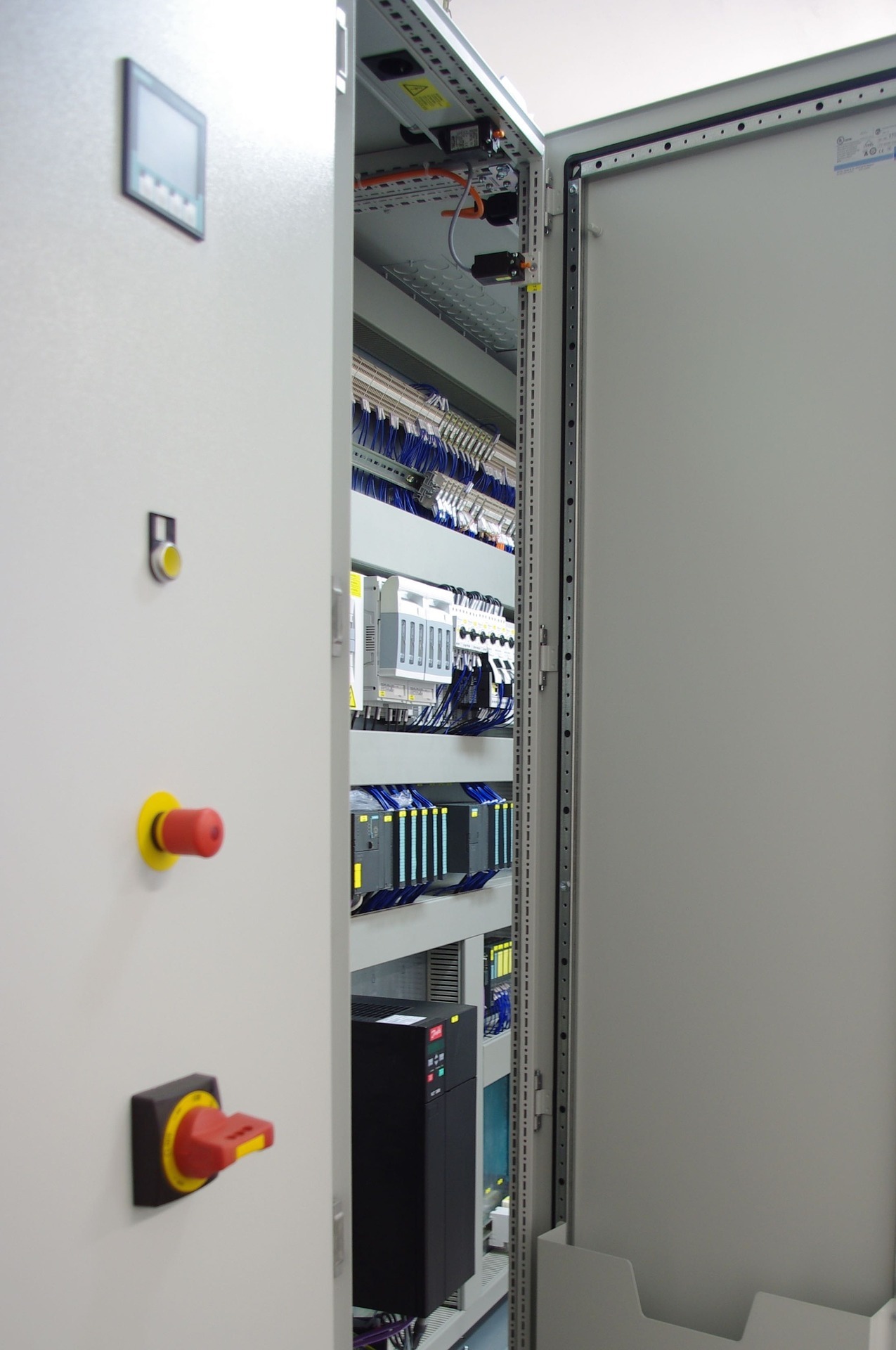


Contact us today to talk with one of the experts at Sluder Emergency Power Services to discuss Load Bank Testing in more detail and answer any questions that you have. We would love to partner with you to devise an all encompassing plan for your back-up power needs.
Get a Quote
Generator Installation or Overhaul
Sluder Emergency Power Services can provide you with expert assistance and recommendations on purchasing of new emergency power generation equipment or can facilitate the purchase process for you. Additionally, our expertly trained technicians are able to handle installation and start-up of the new equipment. We are also able to perform partial or complete overhaul of your current system.
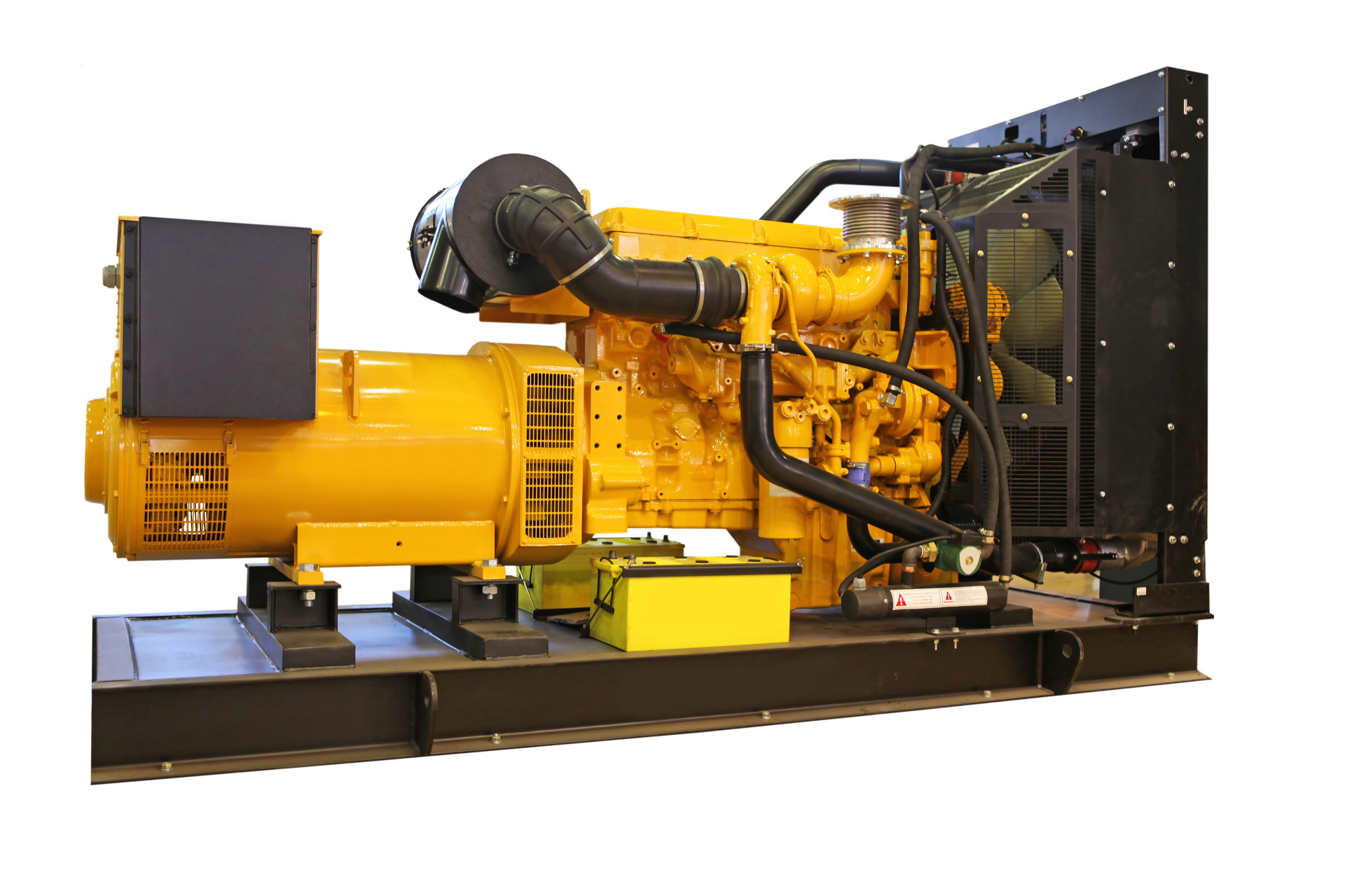
Before you replace your engine, you should consider the economics of a re-build. With tier requirements and EPA standards, this may be a more cost effective alternative. From the simple to the complex, Sluder Emergency Power Services provides full on-site engine re-builds. Our team of advanced level technicians have experience in a wide range of engine manufacturers and sizes. From the rigging to the machining and complex overhaul requirements we can provide the parts and expertise required to get your engine back to top condition. Call our team and discuss the economics of this decision and make the right choice for your emergency power system.
Should you decide to purchase new emergency power equipment to replace components in place now or to add additional components needed for higher power demands due to the growth of your company, we can provide expert, cost effective recommendations that meet your requirements. Additionally, Sluder Emergency Power Services is able to facilitate the purchase process for you by working with our trusted list of vendors to locate and bid out the equipment needed to meet your exact requirements in a budget friendly manner. Once procurement is completed, our experienced team can handle the delivery and installation of the new equipment at your site. Our goal is to make the purchase process as seamless as possible for our customers.
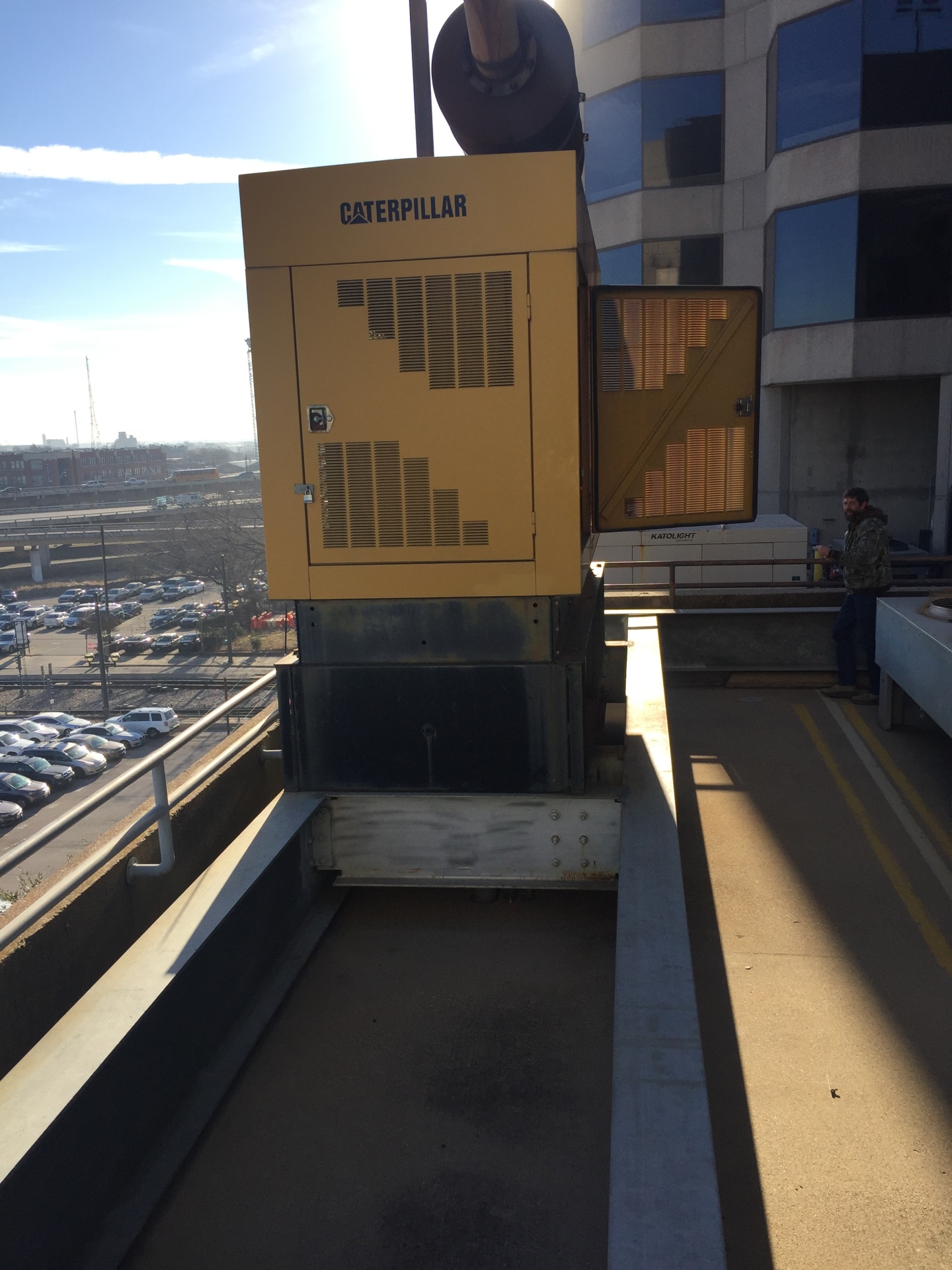

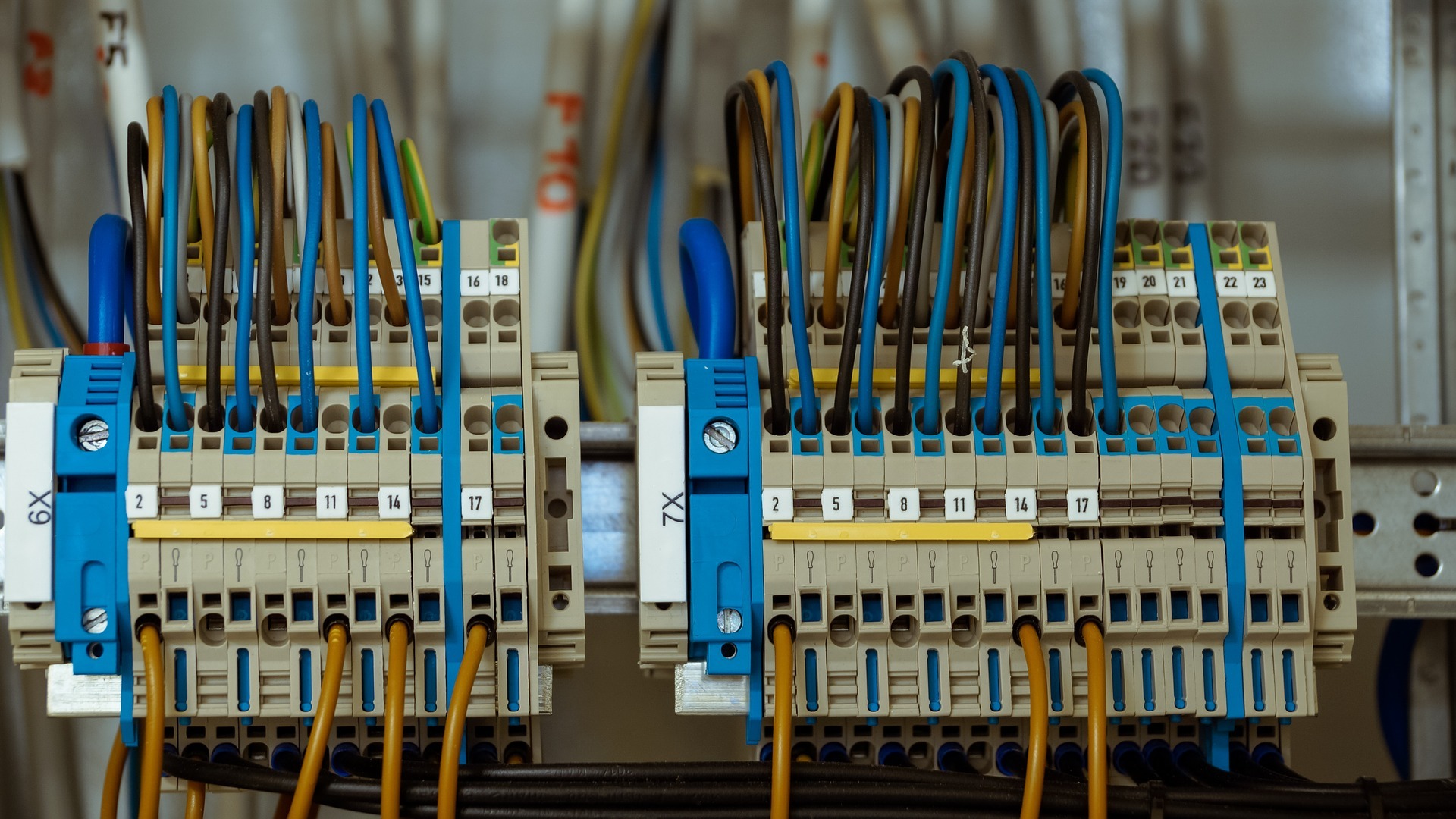
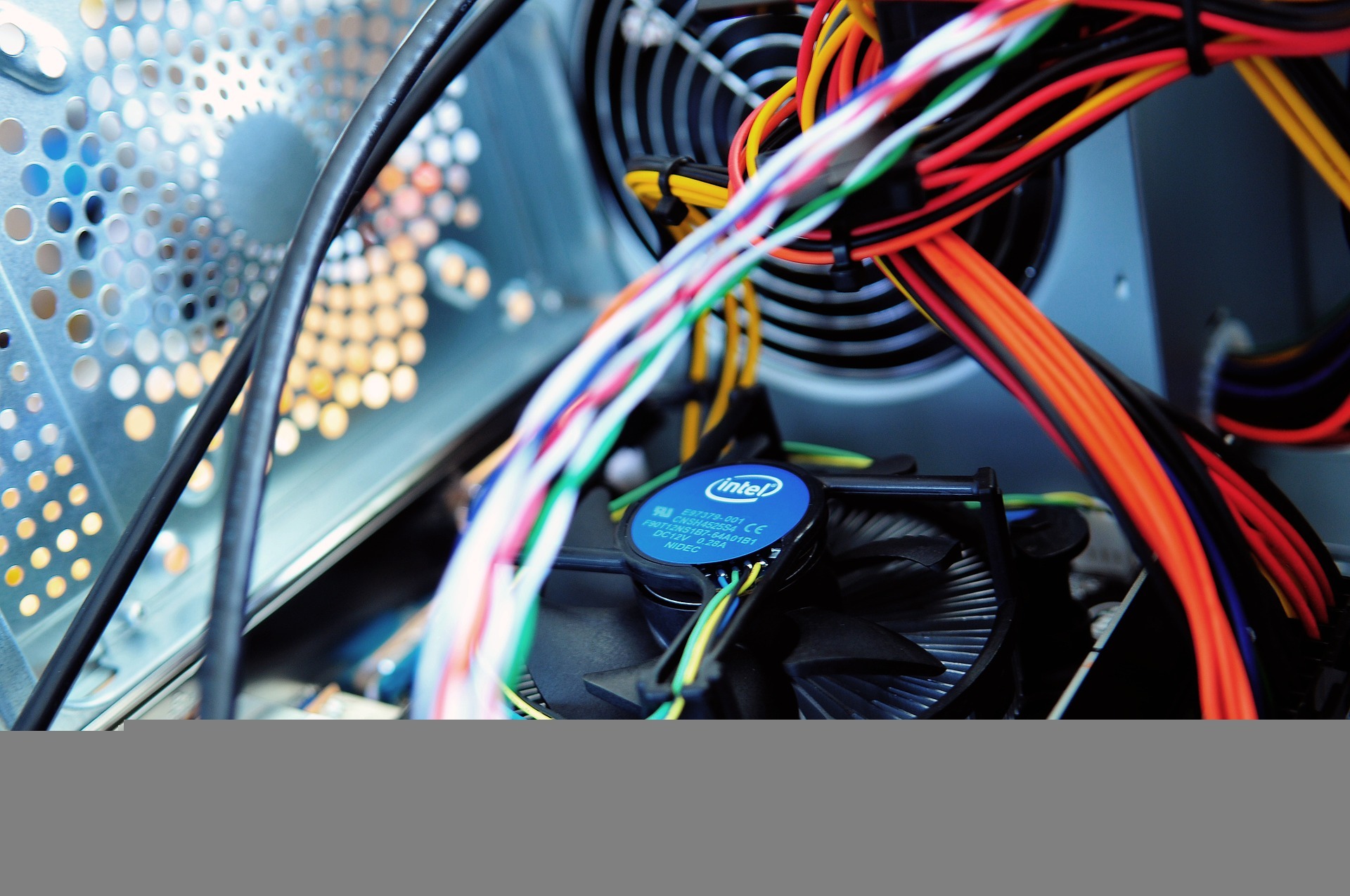

Power Distribution Systems
Sluder Emergency Power Services can provide you with expert testing, repair, and maintenance of your power distribution systems. This includes, but is not limited to, automatic transfer switches, paralleling gears, auto load controls, voltage regulators, and controller services.
Automatic Transfer Switches (ATS):
The Automatic Transfer Switch (ATS) is a critical component of your emergency backup system. The ATS detects when utility power is interrupted, and signals the generator to start. Once the generator reaches operating speed, typically within 7-10 seconds, the ATS transfers the building load to the generator. Once utility power is restored, the ATS re-transfers the building load back to utility power and initiates the generator cool-down and shut-off process. Without proper function of the ATS, your emergency backup power system may not operate when needed.
A comprehensive Preventative Maintenance program is the best insurance your ATS will perform when needed. NFPA calls for periodic scheduled inspection and testing, in addition to annual preventative maintenance. All maintenance services include cleaning the ATS to eliminate dirt and dust, and testing and lubrication of all moving parts. Annual maintenance involves disassembly of the mechanical side of the ATS to inspect for evidence of overheating or damage. Contacts and arc chutes may require replacement if pitted or cracked. Sluder Emergency Power Services Preventative Maintenance protocol for ATS meets all NFPA requirements and ensures your ATS is in proper working order when you need it.
Switchgears:
One of the most overlooked areas in any critical power system usually is the switchgear. Just like any electrical system, it is crucial to maintain your switchgear with regular Preventative Maintenance. While switchgear may not have the requirements of annual maintenance, it is important to consider the criticality of the systems supported by the switchgear and determine the effects of a failure. Many of these switchgear failures can be catastrophic when they occur, resulting in long lead times and very high costs. In addition, they have many elements that affect life safety that need to be considered as well.
Sluder Emergency Power Services provides varying scopes of service to maintain the uptime and reliability of your switchgear and ATS equipment. We provide breaker maintenance, injection testing, thermography, IR Scanning, coordination studies, arc flash hazard analyses and breaker change out service, in order to maintain the reliability of your systems. Our service team has the expertise and training to maintain your infrastructure minimizing down time. Let our team of professionals develop a plan for your Power Distribution System that fits your requirements and budget to maintain your systems so they operate in a reliable manner.

Contact Sluder Emergency Power Services today to talk with one of our experts to review your Power Distribution Equipment to make sure your equipment is properly maintained and tested so it will be ready when you need it most.
Get a Quote
Fuel Polishing, Testing, and Treatment
Sluder Emergency Power Services can provide you fuel polishing , analysis , filtering, sampling and testing along with fuel tank cleaning. In addition, we are able to provide you with the highest-quality fuel available on a scheduled basis so that fuel is always on-site when you need it. We will perform crucial contamination tests on the fuel remaining in the tank before top off/refill service.
Sluder Emergency Power Services can provide you with expert testing, repair, and maintenance of your power distribution systems. This includes, but is not limited to, automatic transfer switches, paralleling gears, auto load controls, voltage regulators, and controller services.
It is highly recommended that a Fuel Polishing and Tank Cleaning service be performed on your diesel fuel every 6 to 12 months.
Why do I need Fuel Polishing?
All diesel fuel contains some amount of moisture. Water builds up in tanks as atmospheric moisture condenses. Moisture can accumulate in diesel tanks as condensate droplets on exposed tank surfaces, and collect as water beneath the fuel. When left untreated, microorganisms such as bacteria, algae, and fungi grow and become sludge. This sludge clogs fuel filters, damages injectors, and corrodes fuel tanks. A 1000-gallon diesel tank may contain as much as 10 gallons of sludge and we have seen over 100 gallons of sludge in a 10,000-gallon tank.
90% of all diesel engine problems are caused by contaminated fuel. Your engine fuel filters are only a backup. Your stored fuel must meet your engine's cleanliness level to prevent fuel system damage.
What is Fuel Polishing?
Fuel Polishing is process where we bring in our specialized, portable fuel polishing equipment to remove water and particulates from diesel down to engine manufacturer’s ISO fuel cleanliness levels. We draw fluids from the storage tank bottom removing water and particulate matter including rust, sludge, pipe scale, bacteria, and fungus to as low as one (1) micron thus fully cleaning the fuel tank and then returning the clean dry fuel back to the storage tank.
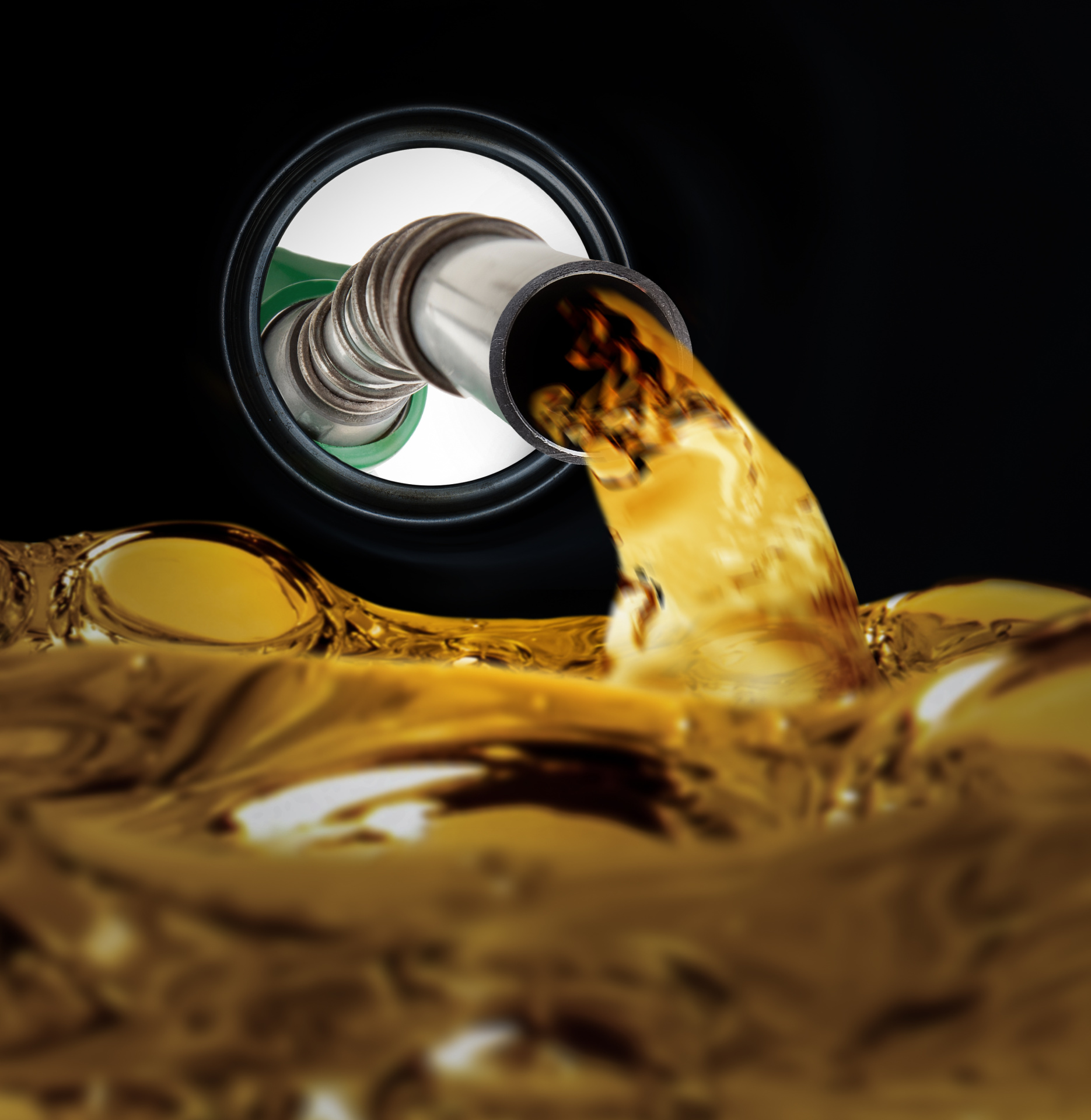
Compressor Maintenance and Repair
Sluder Emergency Power Services can provide you with expert maintenance and repair on your air filtration and compressor systems.
Compressed air may be vital to your production process. Performing Preventative Maintenance on your compressor(s) will ensure uninterrupted air flow thus keeping your production running efficiently while keeping operational costs under control. As with the other components of your back-up power system, it is important to test your compressor.
Sluder Emergency Power Services can provide you with expert Compressor Preventative Maintenance and Repair similiar to the services we provide on your generator sets.
We recommend a Minor Service every 2,000 hours where we perform a thorough inspection of the controls, contacts, safety valves, drive couplings, safety guards, and all electrical connections. We will record temps, volts and amps. We also test run the compressor to listen for excessive vibrations or noise and make adjustments as necessary.
We recommend a Major Service every 8,000 hours where we perform all steps that take place in the Minor Service. In addition to those steps, we replace the oil, the air/oil separator, clean scavenge lines/orifices, and inspect inline filters and drains. Upon completion of the Minor and Major Services, our technician will provide you with a checklist of the service with all recorded measurements and details on any issues that were noted along with a recommended list of repairs. Upon written approval by the customer, we are happy to perform all necessary repairs on your equipment.

Plan Today to Protect Tomorrow
